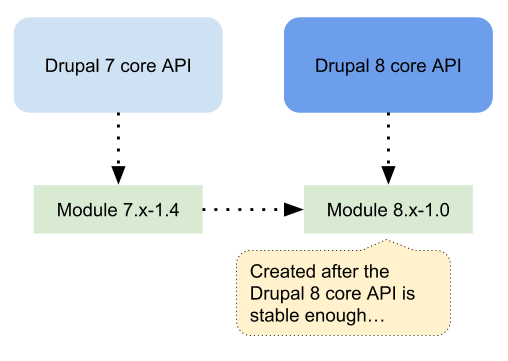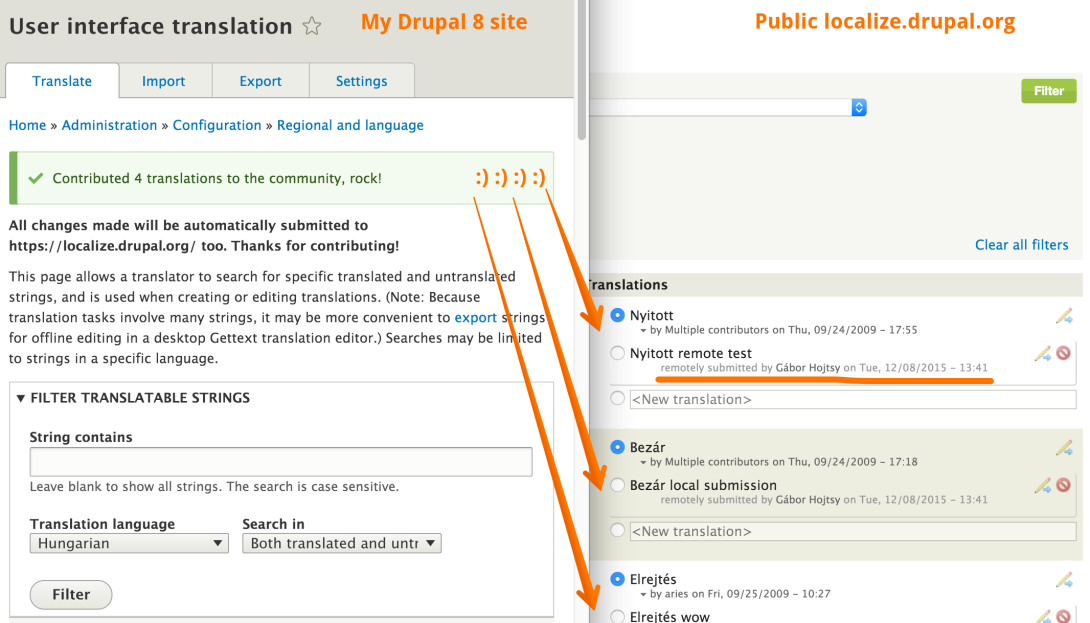(Disclaimer: Dries did not ask/order/suggest/request me to post this neither to make any changes whatsoever.)
I was reading Drupal Confessions with great interest, because my primary job for quite a while now is to help enable the best efforts in the Drupal community to work together to reach new heights. I am really privileged to be able to do this and make a living out of it, it is the job I always dreamed of. I also hope that I am being useful to the Drupal community in doing so. I kept nodding in agreement with the open letter's statements on diversity so I could not get rid of my cognitive dissonance on their connection with reality for several days now. The open letter says "We ask you to fight for us, Dries, to protect us from intolerance, harassment, smearing, bullying, and discrimination, no matter why or where it originates from."
As someone who is getting a paycheck at least indirectly from Dries in the past 10 years, and working as directly with him as possible in Acquia's Office of the CTO for the second half of that period, I have the opportunity to look at his practices in terms of diversity. Which would be the most observable group to learn more from if not his personal department where he directly appoints people?
In the past 5 years I've been closely working with Dries as a remote employee in the Office of the CTO at Acquia, which consisted of 15 people at most at any given time. In this time I worked with at least the following types of people directly in this group (in random order): blind, stutterer, person with ADHD, person with serious sleep problems, person with even more serious sleep problems, divorced, gay, bi, lesbian, asexual, polyamorous, gospel singer, BDSM, religiously raised, atheist, clinically infertile, cosplayer, very tall, short, people from Eastern Europe, Western Europe, US and India, native-borns, immigrants, people in offices, people always working remotely, capitalist, socialist, pacifist, people from a military family, adopting parent, transgender, people with tics, people who don't drink alcohol, etc. The teams I worked on usually had relatively high percentage of women in technical roles. My current team is 50% female, and 1/3rd of the department overall is female. This could not happen by accident.
While none of this represent the whole rainbow of humanity, and it could definitely be further improved, our limited group of 15 people already covered outstanding diversity in my view. Also this is a group that cares, we discuss and live through our struggles and support each other on every step where we can. I would challenge many of those signing the open letter to practice this kind of diversity in their teams. I for one really enjoy the varying values that people brought in and am sad that some of those great people have left to pursue other technical challenges.
In this five years, I never experienced that when hiring people either of these things were considered as a negative or that any person was treated or felt treated badly for any personal life matter. Neither that any of the amazing people who unfortunately left and are covered in the list left because of any of those.
Given that I just cannot get over my cognitive dissonance. Who are being convinced of what?


